In PostgreSQL, you define a schema with a fixed set of columns and data types and have to fit your data into that schema. It’s been around since the ’80s and has evolved into a robust and stable database management system. PostgreSQL is a relational database that stores data in tables and rows with relationships between them. It offers a rich set of features for complex queries and supports advanced data types like arrays and JSON. It is a document-oriented database, storing data as documents rather than in tables and rows like traditional relational databases. Think of it like a digital filing cabinet, where each document is unique and contains all the necessary information to access and manipulate it.
- Oracle database engine licensing is fully proprietary, with both free and paid options available.
- MongoDB has the potential for being ACID Compliant whereas PostgreSQL has it built-in.
- As you may know, PostgreSQL refers to itself as an open-source object-relational database system.
- As Microsoft builds a robust ecosystem with seamless integration of services, MSSQL emerges as a powerful database solution.
- In the general use case, we use the auto() command of mongoimport to self-determine the type based on context.
- Those with a large ecosystem of SQL skills and tools and numerous existing applications may choose to continue using a relational data model.
It was developed at the University of California, Berkeley, and was first released on 8th July 1996. Instead of storing data like documents, PostgreSQL stores it as Structured objects. MongoDB also supports the JSON data model, auto-sharding, and built-in replication for high scalability and availability.
SQLite
MongoDB provides driver support for some of the best database languages like Python, R, Java, Scala, C, C++, C#, Node.js, and many more. These MongoDB libraries and drivers support all of MongoDB’s features, giving high performance and scalability in all applications. By storing data in fields such as nested subdocuments and arrays, related information in JSON documents can be stored together for quick query access through the MongoDB query language. They end up having to bet on a choice and hope that it’s the best fit. RDBMS is an acronym that stands for Relational Database Management System. It’s usually a SQL-based database such as PostgreSQL or MySQL and meets the ACID requirement.

Choosing the right tech to solve a problem can be a harrowing experience. Databases in particular can be a bit tough if we’re unsure how our data is going to be used. The database complies with a wide range of security standards and has numerous features to support reliability, backup, and disaster recovery, usually through third party tooling. Furthermore, MongoDB Live Migration Service makes it easier to migrate from self-managed MongoDB databases to the fully-managed cloud database platform, MongoDB Atlas. MongoDB Atlas is a database-as-a-service offering that runs on all of the major cloud platforms . Query performance in MongoDB can be accelerated by creating indexes on fields in documents and subdocuments.
Accessibility
Unlike relational systems, NoSQL databases have weak security, making them a major concern for many infrastructures. While they may provide ACID guarantees, they are typically available within the scope of one database partition. However, some DBMSs offer advanced security features that meet strict security and compliance standards. The advantage of MongoDB’s automatic indexing is that it saves developers time and effort, as they don’t need to worry about creating indexes for common queries. However, it can also create unnecessary indexes, slowing down writes and increasing storage requirements. PostgreSQL’s manual indexing provides more control over how indexes are created and maintained, which can lead to better performance.

This database provides a wealth of ways to enhance its efficiency, though it utilizes a scale-up strategy at its core. While document databases are able to do JOINs, they’re performed in a different way from multi-page SQL statements that are often needed and generated automatically by BI tools. Still, MongoDB has an ODBC connector enabling SQL access primarily from BI tools. MongoDB benefits from a committed community of developers spanning hobbyists, massive enterprises, government agencies, and emerging startups. Not to forget the numerous systems integrators and consultants delivering an extensive range of services. Every MongoDB shard is run as a replica set — a synchronized cluster consisting of three or more servers that keep replicating data between them.
How is MongoDB different from other types of databases?
You can also manage data of any structure — not just tabular ones you define ahead of time. At the start of development projects, it’s common for project leaders to have a clear understanding of the use case — but not of the specific features their users need in an application. It stores data as JSON documents, making it easier for developers to store and retrieve data. These sets allow you to record and replay processes on an as-required basis. MongoDB uses synchronous replication, which involves multiple repositories or systems that update at the same time. PostgreSQL, also known as Postgres is a free, open-source RDBMS that emphasizes extensibility and SQL Compliance.

MySQL can be used for small to medium-sized Internet of Things applications to store and manage sensor data, device information, and user interactions. Wide-column — to store https://www.globalcloudteam.com/ data in the tabular format with flexible columns, meaning they can vary from row to row in the same table. Is not performed for all the values of vessels and timestamps.
What is Database Technology?
Postgres does use its own flavor of SQL called PL/pgSQL (procedural language/postgreSQL). The big difference between the two is that the latter can perform more complex queries than SQL. Other relational database models have their own flavor of SQL, which leads to minor differences across the board between the different databases. One of the most powerful features of relational databases that make writing applications easier is ACID transactions.
NoSQL databases like MongoDB are well suited for managing semi-structured or unstructured data. You can easily add new fields or data types without explicitly declaring the document’s structure, making it more flexible for users to view the data, edit it, or update the schema as much as they want. This flexibility also enables MongoDB to process and handle large amounts of data faster than many other databases. Postgres employs SQL ultimately under the hood, a structured query language, to define, to access and to manipulate the database.
Document Model
It all depends on your business model and your business needs. IoT applications and microservice architecture that tend to scale its data hosting will summarize our list of best use cases with Redis. Speaking of Cassandra, it’s also a pretty respectable option for data centers and real-time analytics with oceanic volumes of data. Although DynamoDB supports basic queries and filters, it does not provide support for complex querying and aggregation operations needed in some use cases.

This scale-out approach depends on the use of a growing number of smaller, generally more cost-effective machines. You can accelerate MongoDB’s query performance if you make indexes on fields in documents and sub documents. This database enables all document fields to be indexed and queried simply, as well as those that are deep within sub documents MongoDB vs PostgreSQL and arrays. MongoDB’s document data model is designed to naturally map to objects in application code. If you’re starting a development project and want to understand your needs and data model through an agile development process, MongoDB should work wonders. Developers have the flexibility to reshape data independently as required.
Challenges of Using MongoDB & PostgreSQL
This solution is obviously better than EAV modeling but it feels wrong to me for the same reason #3 felt wrong – they both feel like using your hammer as a screwdriver too. We like the free stuff we get from Django when we hook it into a relational database. We would like to keep the freebies without having to jump back two Django versions to use the django-nonrel fork. Dumping the ORM entirely is preferable to downgrading to 1.3. It will help simplify the ETL and management process of both the data sources and destinations.
